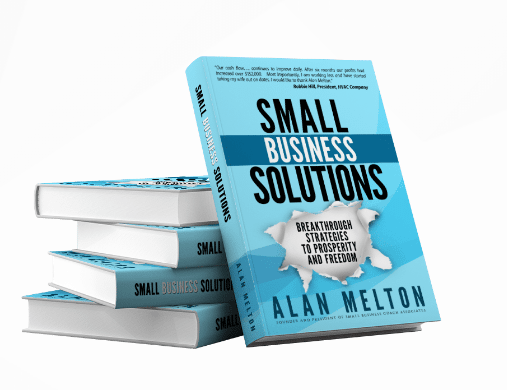VIEW BY TOPIC
- Finding Customers
- Business Systems
- Managing Employees
- Leadership
- Managing Money
Related Posts

Ready to Grow Your Business Fast?
Here’s How I Grew Five Businesses, and Eventually Sold One to a Fortune 500 Company.

4 Ways to Integrate Real-World Data into Your Business Plan
4 Important Ways to Integrate Real-World Data into Your Business Plan
Looking at the most successful organizations, you will realize that they use data when making a major business plan. This explains the reason you will find their managers reviewing graphs and charts and transforming them into useful information.
However, do all of these organizations know the best and most effective ways of leveraging their data to develop the most effective and informative applications possible? Well, real-world data integration is the most important thing for this success.
What is Data Integration?
Data integration can be defined as the process of collecting and combining data from multiple sources and then transforming the data into applicable and useful information. The final product of the data can improve business strategies and help with your business plan.
When considering integrating real-world data into your business, you need to think about the following…
-
Data strategy
You need to have a good data strategy for your business before you even start the integration process. This is more than the technicalities and processes that you might require to combine your data sources.
-
Information and data
It is important to note that there is a difference between information and data. Whether you call it data, big data, or raw data, it is just random elements that cannot help you with anything. Not unless these elements are processed and presented in the right way, we cannot get useful information out of them.
Important Ways to Integrate Real-World Data into Your Business Plan

No matter the size of your organization or business, you stand to benefit from integrating real-world data into your business plan. For you to enjoy these benefits, you need to look at some important ways and steps of integrating data into your business plan. They include…
Setting Data Integration Goals
You should set data integration goals as part of your business objective. An example of a business and data integration goal would be ensuring that you have a complete view of all your business clients.
To achieve this goal, you should come up with a data integration plan that sets rules and guidelines to integrate all your customer data into your marketing, sales, and service tools. This way, your technical team will find it easy to understand the type of data they need to integrate into your business plan.
Your Team Should Have Access to the Data
Setting an in-house software for your real-world data integration is not easy and requires a very strong technical team. Apart from this team, who else in your business needs to come on board? Make sure that you have given access to the data to the right team members.
Data Should Be Managed Lawfully and Securely
You cannot separate data and security if you are serious about integrating real-world data into your business plan. If integrating data involves transferring personal data and information from one app to another, then ensure that you observe set regulations such as ensuring that your business is compliant with GDPR.
Choose a Method of Data Integration
Different businesses face different challenges when choosing the method of data integration to use. You can build in-house integrations, consolidate data, or even implement third-party software.
Types of Data Integration Software to Choose From
Using an API to Draw Data into Your Business Plan
You can use API data integration to connect different applications and draw data into your business plan. However, this requires businesses to make sure that they are not only using the right APIs but also the right API managing tools.
Cloud-Based Integration
This includes the use of integration solutions or iPaaS that work by bringing different data sources together. The data sources can be brought into a public or private cloud, as well as on-premises or cloud-based systems.
Proprietary Integration Software
These can be classified as tools that work best for large businesses that have different or unique sets for the data they use or collect. They are also referred to as enterprise solutions.
On-Premises Integration
Businesses that use on-premises integrations work towards bringing on-premises and local real-world data into a centralized location. These types of integrations are installed either on a private cloud or local networks.
SBM Integration
SBM integration offers tools that work best for small to mid-sized organizations. This means that the features they come with, their installation, setup, and pricing are tailored to meet the demands of these businesses.
Successful businesses understand the importance of integrating real-world data into their business plans. This is a recipe for their success, and they do everything they can to ensure that they are collecting all the data that they need.













